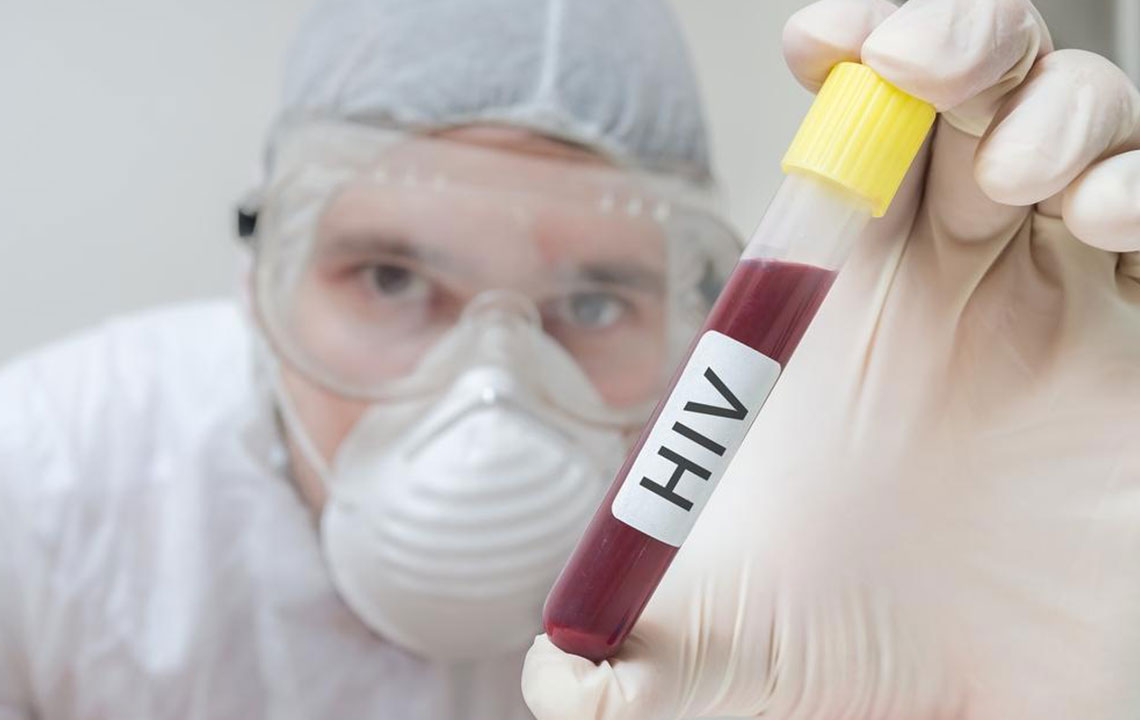Diagnosis of HIV AIDS – A proper treatment starts with proper diagnosis
The preliminary signs of HIV can be asymptomatic, which makes it hard to detect without medical intervention. The result is an ailment that proceeds to AIDS. Diagnosis of HIV AIDS is hence critical to start HIV treatment.
There are certain tests available that is used to check bodily fluids for infection.

It is according to these screenings that the HIV treatment guidelines are prescribed. The Food and Drug Administration (FDA) of the US has recommended few medications for HIV treatment and AIDS as well, which proves useful when diagnosed with the disease.
- Antibody screening test
These inspections look for a class of protein that your body produces as a reaction or response to the HIV, after 2 to 8 weeks. They’re also called ELISA tests or immunoassay, which are known for their accuracy. - RNA test
After 10 to 12 days of being attacked by HIV, this test can detect the infection. Since this screening is a little expensive, doctors do not recommend it as the first test to be conducted. In the case of a high-risk factor or if an individual shows signs that mirror symptoms of flu and yet HIV is suspected, the doctors tend to use this test.
- Antigen or antibody combination test
These tests can check for HIV antigen in the blood. These antigens are components of the virus itself that surfaces 2-4 weeks after the infection. In fact, a fast antigen test can give the detection results in not more than 20 minutes.
- Saliva test
This test is the simplest form of HIV diagnosis. A cotton pad with your saliva as a sample tester is placed in a vessel and submitted for a laboratory test. The results are provided within two to three days.
Factors for HIV treatment
Three main constituents are analyzed while creating the treatment layout:
- The patient’s eagerness and willingness to start HIV treatment
- The degree or intensity of the patient’s condition
- Other health difficulties
It is only after these tests that the physician decides the form of HIV treatment option or the form of HIV therapy that is suitable for the patient.











